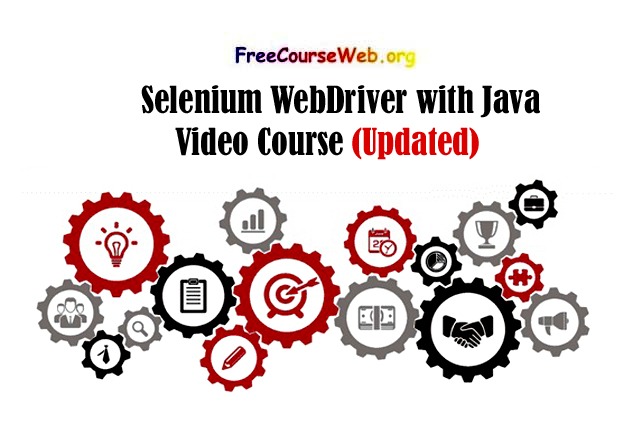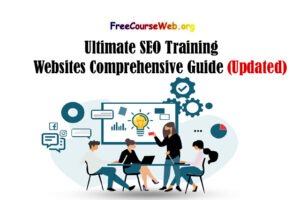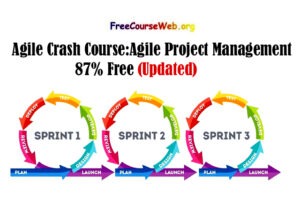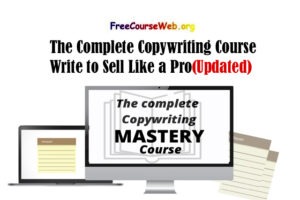Selenium WebDriver, coupled with Java, is a potent combination for automating web applications.

This comprehensive guide takes you on a journey from the fundamentals to advanced techniques, culminating in the exploration of powerful frameworks to supercharge your automation efforts.
HubSpot For Beginners Video Course 87% Free
ChatGPT Marketing: Create Complete Free Campaigns
Software Engineering : Concept, Featurs & Trand
The Future of Coding: Trends and Programming Languages
Selenium WebDriver
Chapter 1: Selenium WebDriver Basics
1.1 Understanding Selenium:
- Introduction to Selenium and its role in web automation.
- Overview of Selenium WebDriver and its advantages.
1.2 Setting Up the Environment:
- Installing Java Development Kit (JDK).
- Configuring Selenium WebDriver and setting up the development environment.
1.3 First Selenium Script:
- Writing a simple script to launch a browser and navigate to a web page.
- Introduction to WebDriver commands.
Chapter 2: Advanced Selenium WebDriver Concepts
2.1 Locators in Selenium:
- Exploring various locators like ID, Name, XPath, and CSS Selectors.
- Best practices for effective locator strategies.
2.2 Handling Dynamic Elements:
- Techniques to handle dynamic web elements using explicit and implicit waits.
- Dealing with AJAX calls and asynchronous operations.
2.3 Advanced WebDriver Commands:
- Mastering advanced commands for navigation, windows, frames, and alerts.
- Handling multiple windows and tabs.
Chapter 3: Selenium Frameworks
3.1 Introduction to Frameworks:
- Understanding the need for automation frameworks.
- Overview of Data-Driven, Keyword-Driven, and Hybrid frameworks.
3.2 Data-Driven Framework:
- Implementing a Data-Driven framework using Excel or CSV files.
- Parameterizing tests for different input sets.
3.3 Keyword-Driven Framework:
- Building a Keyword-Driven framework for modular test design.
- Creating reusable components and keywords.
3.4 Hybrid Framework:
- Integrating Data-Driven and Keyword-Driven concepts for a versatile solution.
- Achieving a balance between flexibility and maintainability.
Chapter 4: Best Practices and Optimization
4.1 Code Organization:
- Structuring your Selenium WebDriver code for readability and maintainability.
- Naming conventions and folder structures.
4.2 Logging and Reporting:
- Implementing effective logging for debugging and tracking.
- Integrating reporting tools for comprehensive test analysis.
4.3 Performance Optimization:
- Tips and tricks to enhance the performance of your Selenium scripts.
- Reducing execution time and resource utilization.
Chapter 5: Continuous Integration with Jenkins
5.1 Introduction to Jenkins:
- Setting up Jenkins for continuous integration.
- Integrating Selenium WebDriver with Jenkins for automated testing.
5.2 Building and Deploying:
- Configuring Jenkins jobs for Selenium test execution.
- Automating the build and deployment process.
Conclusion: Mastering Selenium WebDriver with Java
In conclusion, this guide equips you with the knowledge and skills needed to become a proficient Selenium WebDriver with Java automation engineer. From laying the groundwork with basic concepts to implementing advanced frameworks, you are now ready to embark on your journey to seamless web application automation. Keep practicing, stay updated with the latest trends, and continuously refine your skills to excel in the dynamic field of test automation. Happy coding!




